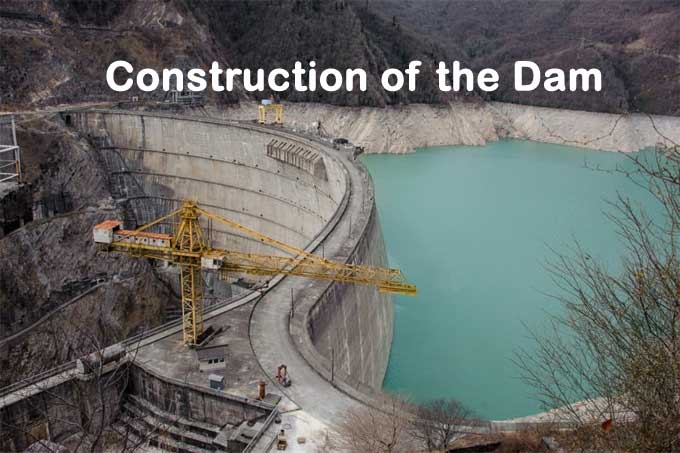
Importance of the Construction of the Check Dam
An engineering measure used to conserve soil in erodible areas is the check dam. An erosion control dam reduces the velocity of a waterway so it can control erosion.
Floodwaters are held back, and sediment is trapped. The embankment and spillway are both parts of it. In some check dams, only the embankment is present. The check dam will form a water body behind it at the start of construction, which is gradually filled by sediment deposits.
Functions of Check Dam
The check dams reduce the velocity of water by pre-designing and constructing them. Silt up and trap the silt in gullies to raise the bed level and reduce the slope. Stabilize the slopes on the sides. The soil should allow for plant growth and to contain water for the stability of banks.
Site Surveying of Check Dam
A dam built of concrete mortared rock cannot exceed 8 m in height, while a dam made of log cribs cannot exceed 2 m. An average dam with a height of 2 m in a channel with a 20-degree angle will require 12 m spacing.
The bed of the stream should be straight and firm. The intersection of gullies or streams should not be on a curve. For high runoff, the site needs to be wide. Moreover, spillways must be large enough to accommodate maximum runoff with sufficient freeboard.
Check dams should have their foundations resting on solid base rock. The height of the building restricts the selection of the site. If the elevation difference between the two sides is too great, aside or sides must limit the structural height.
Importance of the Check Dam Construction
West Bengal's water resources are largely dependent on the monsoon season. It normally rains about 160.4 mm in the state each year. As a result, water scarcity and severe drought were caused by monsoon failures last year in the state because it is completely dependent on rains for its storage and replenishment.
In a canal, stream, stream, or another waterway, a check dam helps to collect water at a particular spot by blocking the flow of water. It reduces erosion while trapping sediments and preventing their downstream transport while increasing infiltration of surface water into groundwater through rainfall.
Benefits of Check Dam
Seamless Irrigation is available at Check Dam. As a result, it reduces the velocity of water flowing through the dam and forms a barrier against erosion. This type of dam is more economical than others. Check dams are easy to construct. There is no need for advanced technology or machines. They can help control flooding. Check Dam can generate small amounts of electricity.
Drawbacks of Check Dam
The groundwater table rises as a result. As a result, aquatic life is negatively affected as a result. There is a shortening of its lifespan and a decline in its strength.
Uses of Check Dam
- Recharge of groundwater using Check Dams.
- It reduces soil erosion by controlling water velocity
- By providing water to the adjacent area, the stores' water improves soil moisture and improves land fertility, recharging the aquifers.
- As well as being useful for livestock, villages use it for bathing, washing, and fishing.
- For the purpose of providing drinking water facilities to the villages along both sides of the river after the rainy season.
- A check dam provides a relatively good method for removing coarse and medium-sized sediment from runoff.
Conclusion
The use of check dams reduces the flow velocity of water across a stream, channel, or waterway and prevents soil erosion. An old method of storing water in a particular location is the construction of a check dam.
The rainfall patterns in the state are also geographically variable. Heavy rains during the monsoons make the problem worse since they remove fertile surface soil, resulting in low water holding capacity and depleted fertility, subsequently resulting in poor crop production.
As a result, rainwater conservation and groundwater recharge have become increasingly important.
As a result, it makes sense to look into the possibility of using some of the surplus surface runoff flowing down to the sea through the construction of check dams.
To get more details, watch the following video tutorial.
Video Source: Creative Construction Channel


